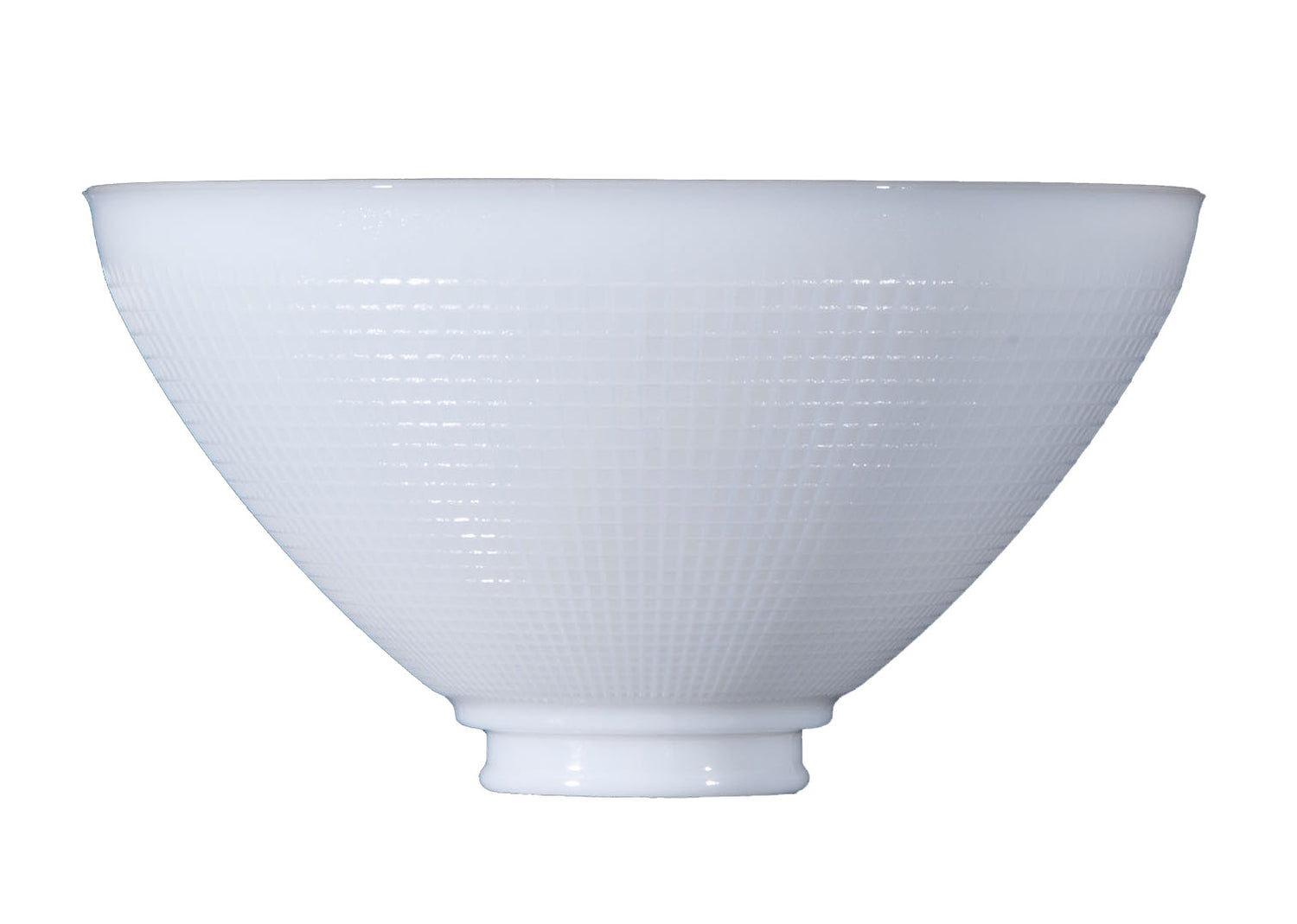Antique Lamp Sizes
Sometimes, the size of a lamp can impact the entire design or look of a room. Finding the right scale of lamp can be just as difficult as choosing the right size lampshade. Luckily, Antique Lamp Supply has over 60 years of experience in the lighting industry. With our help and some research, you can find an ideal table lamp to serve as a testament to your refined sense of style. Today, you can find old-fashioned lamps at auctions, estate sales, flea markets, and other places that sell antique light fixtures. Before you decide to buy an antique lamp, it is important to come up with a strategy. In this guide, we explain antique lamp sizes and the various dimensions you need before you go looking for a bargain.
How to Choose the Right Antique Lamp Size
Form must follow function when choosing a lamp to add to your home. A vintage table lamp might look great on the shelf at your local thrift store, but it might seem too small when you bring it back home. By planning ahead, you can save time and money. Follow our general rules of scale to find a lamp that suits your taste and available space.
There is an assortment of antique lamp sizes available to you, but one general rule of thumb to keep in mind is the overall height of the lamp you choose. You can never go wrong by choosing a lamp that is approximately 30 inches tall from the bottom of the base to the top of the shade or finial. Depending on your expectations or needs, lamp height goes hand-in-hand with the eye-level distance between you and the end table or surface. Try to balance the size of your lamp with the furnishings that will surround it. A large living room can handle a lamp that's anywhere between 26 and 34 inches tall. However, you must be conscientious about the light filtering through the bottom of your lamp. The last thing you want is to stare up into the bright light from your lightbulb.
Choosing a lamp size by eye level is a reliable way to protect your eyes from the blaring light of a bulb. The top of your lamp should be approximately 58 to 64 inches from the ground. Most side tables are approximately 28 inches tall, leaving you with at least 30 inches to work with if you're not exactly certain. The bottom of the lampshade should align with your eye level when you sit on a couch or chair nearby. Sit on a chair or sofa and measure the distance from the end table's surface to your eye level. The base of your light fixture should not exceed that table-to-eye measurement.
Next, measure the width of your end table. The ideal table lamp will be no bigger than half of that measurement, so you can ensure that the lampshade won't be hanging over the edge of the table. If your antique lamp comes without a lampshade, you can find many affordable options online or at your local home center. Select a shade with a diameter no more than two inches less than the base length of the lamp. Diameter represents the widest part of the lampshade.
Another important part of choosing an antique table lamp is deciding what kind of lighting you need in that particular space. Ambient lighting serves as the basis of illumination in any room, resulting in a mixture of artificial and natural lighting to create the most visibility coverage. Task lighting is ideal for any workspace or reading area that only requires light in a specific direction. Accent lighting is designed to highlight a particular focal point, such as artwork, figurines, or photographs. Make sure that your lamp is large enough to radiate light where it's needed the most.
When you're shopping for multiple antique lamps, try to keep all the lamps in each room the same height for symmetry. If you fall in love with a lamp that is simply too tall for your home, consider placing it on a shorter table. If the lamp is too short, just add a few books to bring the lamp up to the right level. Finding the right size lamp to suit your needs will depend on the room, the size of the table, and the intended use.

